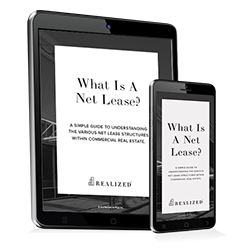Fees paid to real estate agents in connection with leasing space at a property. Leasing commissions may be due to a “tenant rep” which is an agent representing a tenant, or to a “landlord rep” which is an agent representing the property or landlord, or both.
Leasing commissions are typically calculated as a percentage of the total base rent a tenant will pay over their lease term or as a dollar per square foot per year figure. The full amount of the leasing commission is typically payable at the start of a new lease or at renewal of an existing lease, though the commission rates for renewals are typically less than those for new leases.
As an example calculation, a tenant rep may receive a leasing commission of 6.0%. If the tenant she represents leases 8,000 square feet at a rate of $12.00 per square foot for five years, the agent may be due $28,800 (8,000 square times $12.00 per square foot times 5 years times 6.0%).
A landlord seeking to fill vacancies may already have a leasing agency/broker he works with. When the agency finds a tenant who starts a new lease with the landlord, the landlord pays leasing commissions to the broker. It is common for the landlord to pay leasing commissions instead of the tenant. However, a tenant may engage a broker directly to find them an apartment. In that case, the tenant may pay a fee for the broker’s assistance.
Landlords can find tenants without the help of a leasing agency and avoid leasing commissions. In the end, the landlord is not likely to save much, if any, money or time. The landlord will need to be proficient at marketing to successfully secure a new tenant. This requires a lot of time and money from the landlord. Instead of the landlord gambling on finding a new tenant using his marketing skills (or lack of), a smarter choice is to outsource tenant procurement to companies that specialize in finding tenants. These companies have the right marketing skills and connections to help landlords fill vacancies.



